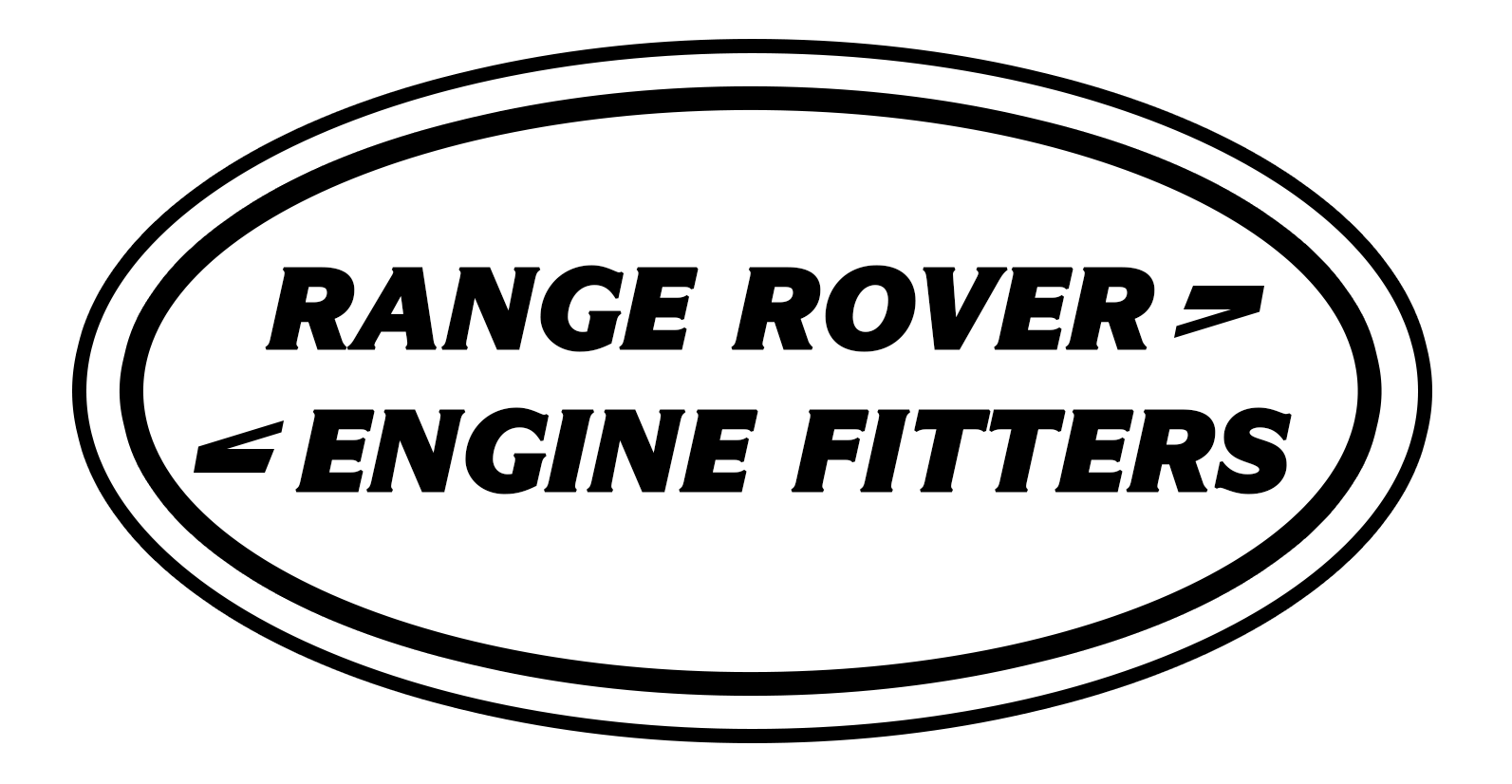Introduction
Owning a Range Rover 2.0 engine comes with the privilege of enjoying powerful performance and a luxurious driving experience. However, in hot and dusty environments, the cooling system of your vehicle faces unique challenges. Ensuring its proper maintenance is crucial for the longevity and efficiency of your Range Rover. We’ll delve into comprehensive strategies to maintain the cooling system effectively, allowing your Range Rover to thrive even in the most challenging conditions.
Understanding the Cooling System
Before diving into maintenance tips, it’s essential to understand the intricate workings of the cooling system in your Range Rover. It consists of various components, including the radiator, coolant, water pump, thermostat, and hoses, all working in harmony to dissipate excess heat generated during operation.
Importance of Maintenance in Hot and Dusty Environments
Hot and dusty environments pose significant challenges to the cooling system of your Range Rover. Dust accumulation can clog the radiator and reduce airflow, while high temperatures can strain the system, leading to inefficiency and potential breakdowns. Regular maintenance is paramount to mitigate these issues and ensure optimal performance, especially in harsh conditions.
Regular Inspection of Cooling Components
Start by conducting regular inspections of the cooling system components. Check for any signs of leakage, corrosion, or damage to hoses, radiator, water pump, and thermostat. Look out for debris or dust accumulation that may impede airflow through the radiator fins. Addressing issues promptly can prevent costly repairs and keep your cooling system functioning smoothly.
Maintain Proper Coolant Levels
Maintaining the correct coolant levels is vital for effective heat dissipation and engine protection. Check the coolant reservoir regularly and top up with the recommended coolant mixture as needed. Ensure that the coolant is clean and free from contaminants, as dirty coolant can compromise the cooling system’s efficiency.
Flush and Replace Coolant Periodically
Over time, coolant can become contaminated with dirt, rust, and other debris, compromising its ability to regulate temperature effectively. It’s crucial to flush and replace the coolant at regular intervals as per the manufacturer’s recommendations. This helps prevent corrosion, lubricates the water pump, and maintains the cooling system’s performance in hot and dusty conditions.
Clean the Radiator and Air Filter
Dust and debris can accumulate on the radiator fins and air filter, obstructing airflow and reducing cooling efficiency. Periodically clean the radiator and air filter using compressed air or a soft brush to remove dirt and debris. Ensure that the radiator fins are straight and unobstructed to facilitate maximum airflow and heat dissipation.
Inspect and Replace Belts and Hoses
Belts and hoses play a crucial role in circulating coolant and driving the water pump. Inspect them regularly for signs of wear, cracks, or deterioration, and replace them if necessary. Sudden belt or hose failure can lead to overheating and engine damage, especially in hot and dusty environments where the cooling system is under additional strain.
Monitor Engine Temperature
Keep an eye on the engine temperature gauge while driving in hot conditions. If you notice the temperature rising above normal levels, pull over safely and allow the engine to cool down before continuing. Persistent overheating can cause irreversible damage to the engine and cooling system components.
Protect the Radiator
Install a radiator grille or guard to protect the radiator from rocks, debris, and other road hazards. This helps prevent damage to the delicate fins and ensures uninterrupted airflow for efficient cooling. Additionally, avoid driving through deep puddles or off-road terrain where the radiator may be exposed to potential damage. More details about the range rover visit us here at https://www.rangeroverengine.co.uk/ .
Conclusion
Maintaining the cooling system of your Range Rover 2.0 engine in hot and dusty environments is essential for optimal performance and longevity. By following the tips outlined in this guide, you can ensure that your vehicle remains cool and efficient, even in the most challenging conditions. Regular inspection, proper coolant management, cleaning of cooling components, and proactive maintenance are key to safeguarding your Range Rover against overheating and costly repairs. With diligent care and attention, you can enjoy the thrill of driving your Range Rover with confidence, no matter where the road takes you.

